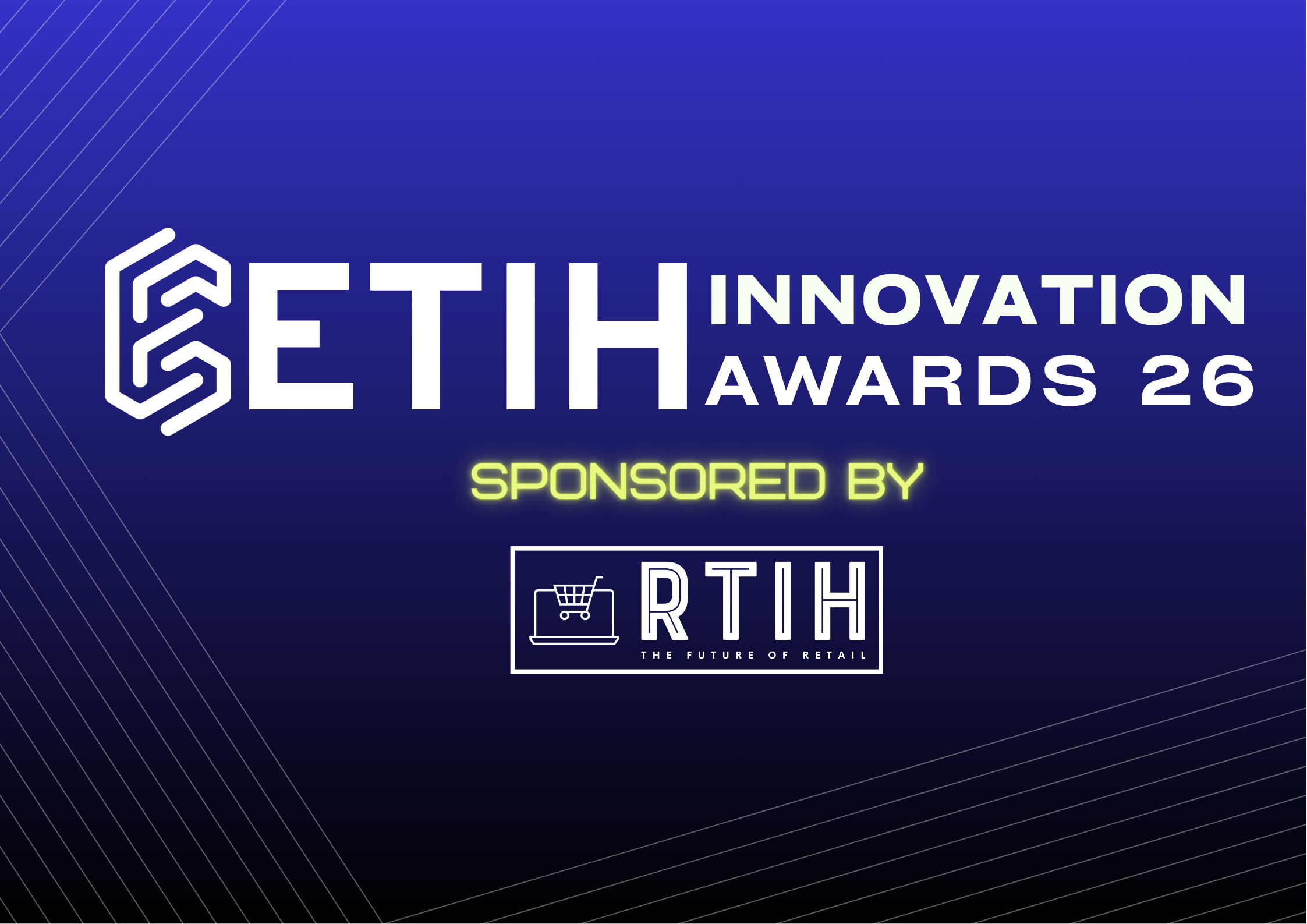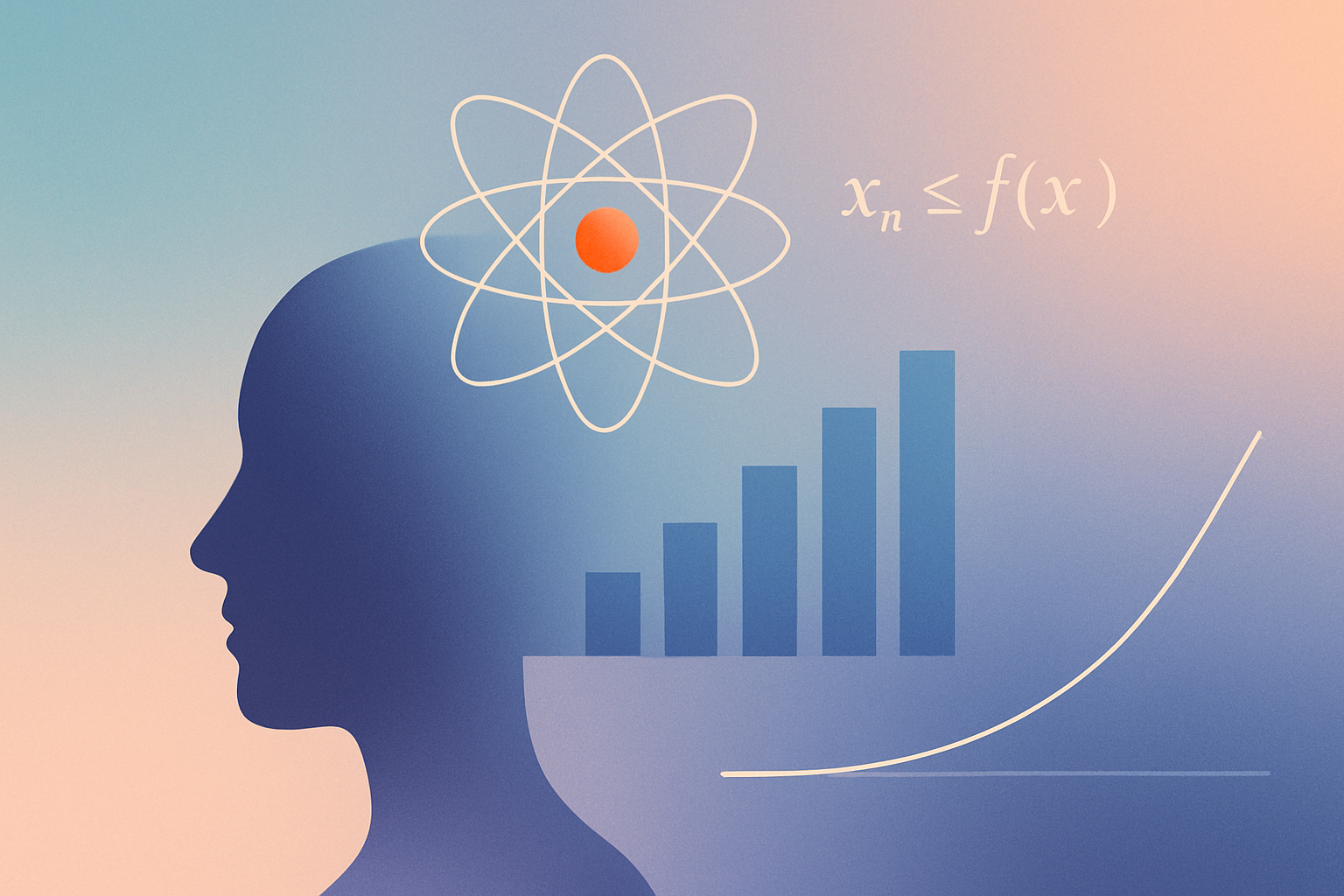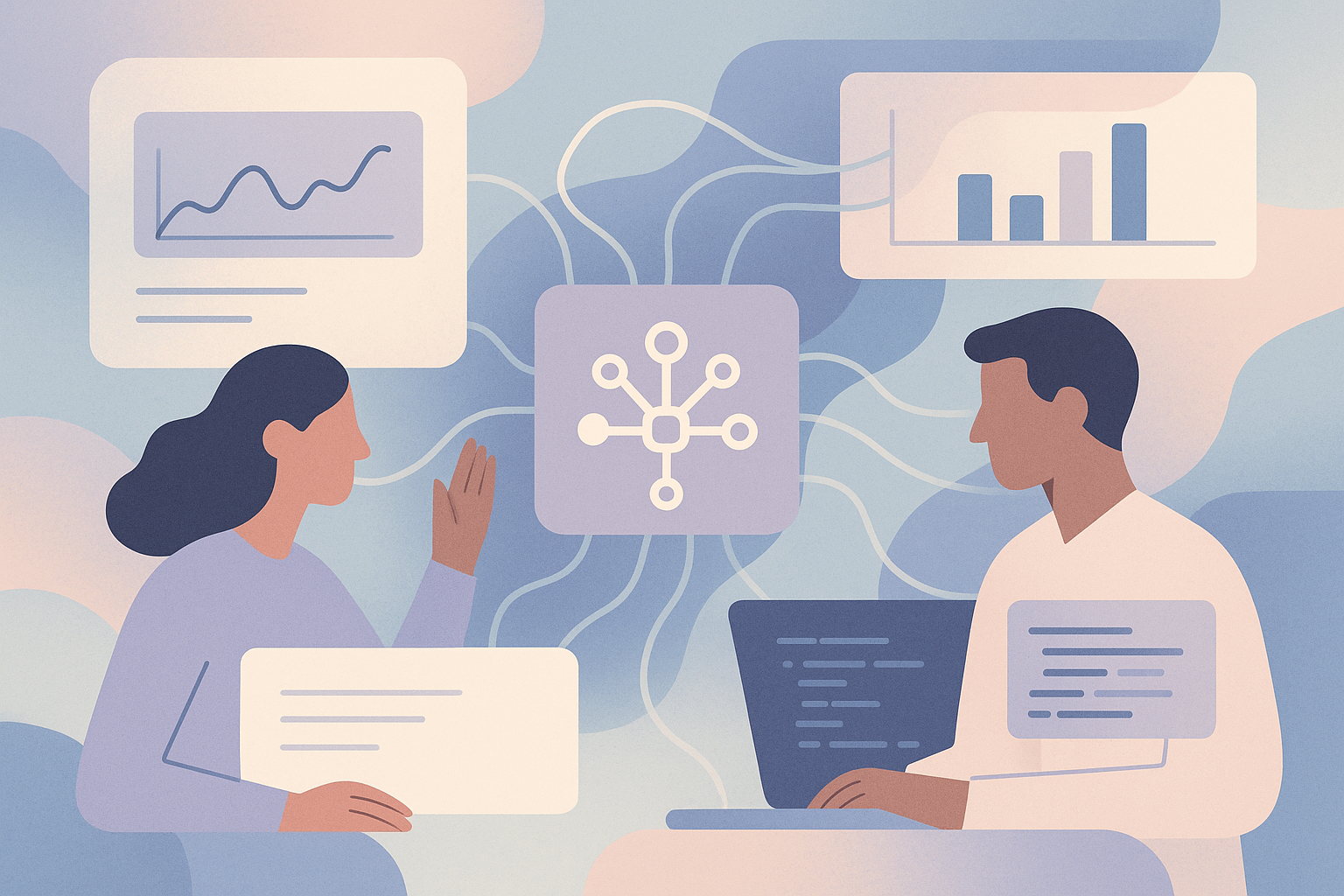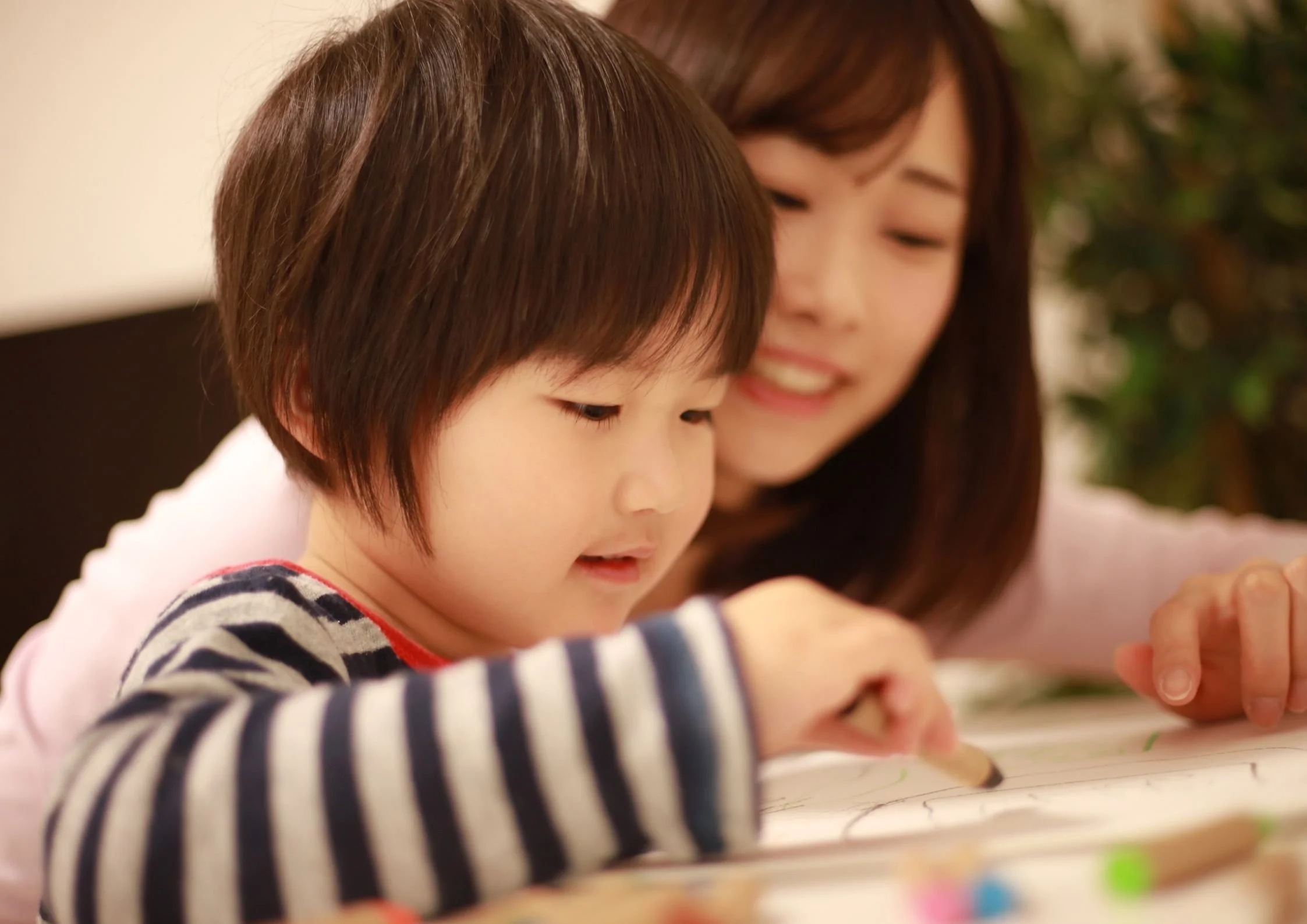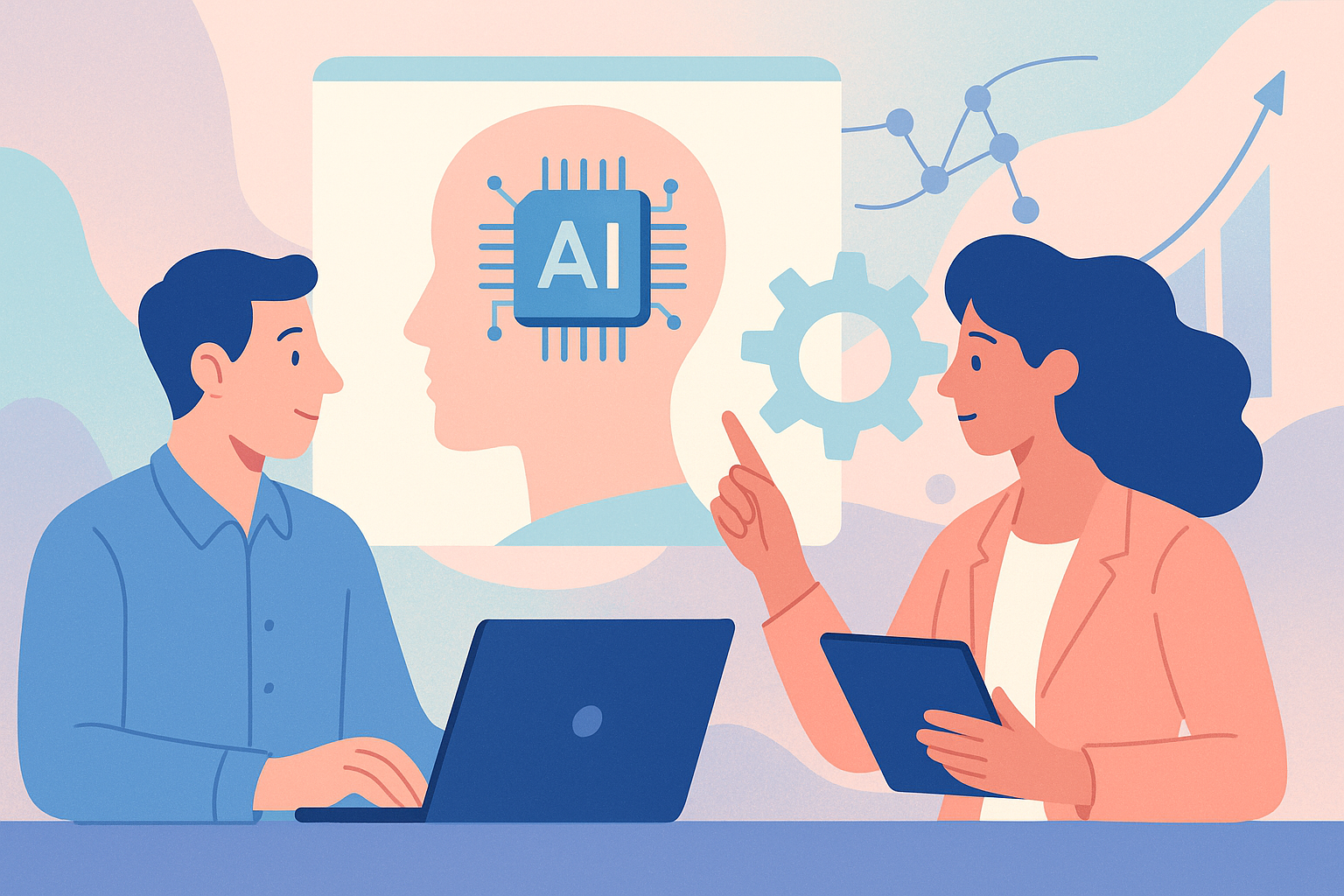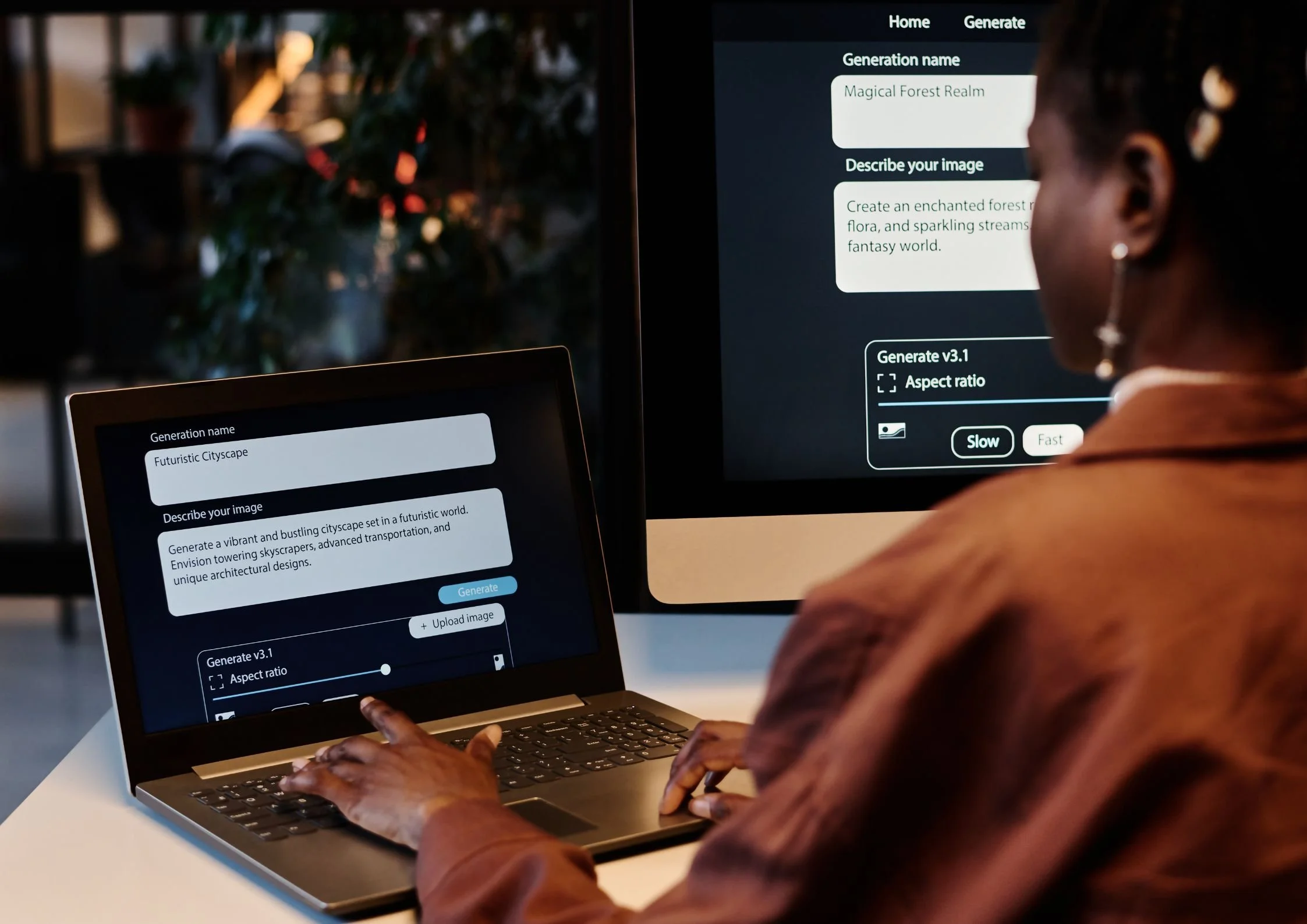Over 10,000 students join Anthropic’s Claude Builder Clubs in just eight weeks
Anthropic’s student-led initiative has surpassed 10,000 members worldwide, with hundreds of students gathering weekly to learn and build AI-powered tools.

Photo credit: Greg Feingold
Anthropic, the AI research company behind the Claude family of models, has reported rapid growth in its Claude Builder Club initiative. The program, which started only eight weeks ago, now includes more than 10,000 students across schools and universities.
In a recent LinkedIn post, Greg Feingold, Special Projects at Anthropic, said the momentum “has really exceeded our expectations since we started the program.” Each week, students are building apps, agents, and MCP servers through the initiative.
Feingold noted that engagement has been strong from the start, with 475 students joining a recent alignment research workshop led by Anthropic researcher Evan Hubinger. “Many of these clubs have hundreds of members, with overflow rooms and livestreams necessary for their weekly meetings (looking at you, Claude @ Cal),” he wrote.
Fostering responsible AI use
The Claude Builder Clubs are designed to encourage students to explore AI beyond traditional classroom use, promoting innovation and problem solving over shortcuts. “To get students to join your club, you are competing with everything else students have on their plate: other clubs, sports, studying, parties, even sleep,” Feingold explained.
He added that the enthusiasm and creativity of student ambassadors have been central to the program’s success. “I've been continuously impressed by the passion, tenacity and creativity our ambassadors have shown as they stand up and lead their builder clubs.”
Feingold concluded by reflecting on the broader purpose of the initiative. “The other reason this program felt like a risk was the big question: do students actually want to use AI constructively? Or are we just using this technology to write our essays and cheat on our homework? It's a good sign (for Anthropic, and for the world) that our mission of empowering people to use AI to solve big problems and build new solutions rather than take easy shortcuts is resonating with young people.”



